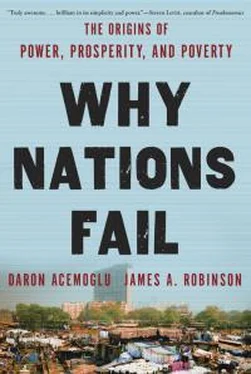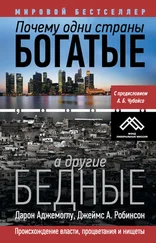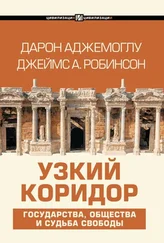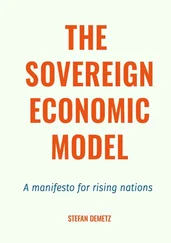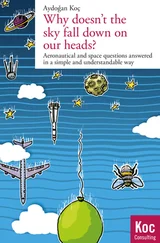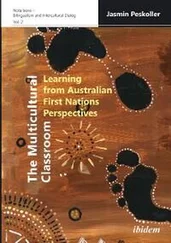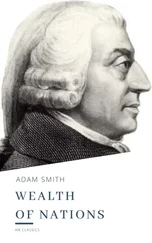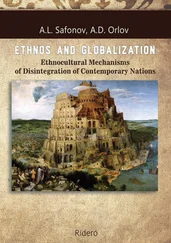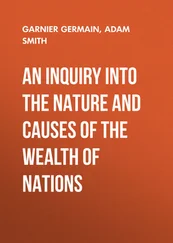Our analysis of “crony capitalism” in Egypt follows Sfakianakis (2004).
CHAPTER 14 : BREAKING THE MOLD
Our treatment of Botswana follows Acemoglu, Johnson, and Robinson (2003); Robinson and Parsons (2006); and Leith (2005). Schapera (1970) and Parsons, Henderson, and Tlou (1995) are fundamental works. High Commissioner Rey is quoted in Acemoglu, Johnson, and Robinson (2003), p. 96. The discussion of the three chiefs’ visit to England follows Parsons (1998), and all quotes relating to this come from his book: Chamberlain, pp. 206–7; Fairfield, p. 209; and Rhodes, p. 223. Schapera is quoted from Schapera (1940), p. 72. The quote from Quett Masire is from Masire (2006), p. 43. On the ethnic composition of the Tswana tribes, see Schapera (1952).
Our treatment of change in the U.S. South follows Acemoglu and Robinson (2008b). On the population movement out of the U.S. South, see Wright (1999); on the mechanization of cotton picking, Heinicke (1994). “FRDUM FOOF SPETGH” is quoted from Mickey (2008), p. 50. Thurmond’s 1948 speech is taken from www.slate.com/id/2075151/, where you also can listen to the audio recording. On James Meredith and Oxford, Mississippi, see Doyle (2001). See Wright (1999) on the impact of civil rights legislation on black voting in the South.
On the nature and politics of China’s political transition after the death of Mao, see Harding (1987) and MacFarquhar and Schoenhals (2008). Deng’s quote about the cat is from Harding, p. 58. The first point of the Cultural Revolution is from Schoenhals (1996), p. 33; Mao on Hitler is from MacFarquhar and Schoenhals, p. 102; Hua on the “Two Whatevers” is from Harding, p. 56.
CHAPTER 15 : UNDERSTANDING PROSPERITY AND POVERTY
For the story of Dai Guofang, see McGregor (2010), pp. 219–26. The story of red telephones is also from McGregor, chap. 1. On the control of the party over media, see Pan (2008), chap. 9, and McGregor (2010), pp. 64–69 and 235–62. The quotes on the party’s attitudes toward entrepreneurs are from McGregor (2010), pp. 200–201 and 223. For Wen Jiabao’s comments on political reforms in China, see www.guardian.co.uk/world/2010/aug/29/wen-jiabao-china-reform.
The modernization hypothesis is clearly articulated in Lipset (1959). The evidence against it is discussed in detail in Acemoglu, Johnson, Robinson, and Yared (2008, 2009). George H. W. Bush’s quote is from news.bbc.co.uk/2/hi/business/752224.stm.
Our discussion of NGO activity and foreign aid in Afghanistan after December 2001 draws on Ghani and Lockhart (2008). See also Reinikka and Svensson (2004) and Easterly (2006) on problems of foreign aid.
Our discussion of problems of macroeconomic reform and inflation in Zimbabwe is from Acemoglu, Johnson, Robinson, and Querubín (2008). The Seva Mandir discussion is drawn from Banerjee, Duflo, and Glennerster (2008).
The formation of the Workers’ Party in Brazil is covered in Keck (1992); on the Scânia strike, see chap. 4. The quote from Cardoso is from Keck, pp. 44–45; the quote from Lula is on Keck, p. 65.
The discussion of the efforts of Fujimori and Montesinos to control the media is from McMillan and Zoido (2004), and the quote on the Chinese Communist Party’s control is from McGregor (2010), p. 69.
SOURCES FOR THE MAPS
Map 1: The Inca Empire and road system are adapted from John V. Murra (1984), “Andean Societies before 1532,” in Leslie Bethell, ed., The Cambridge History of Latin America , vol. 1 (New York: Cambridge University Press). The map of the mita catchment area is taken from Melissa Dell (2010), “The Persistent Effects of Peru’s Mining Mita ,” Econometrica 78:6, 1863–1903.
Map 2: Drawn using data from Miriam Bruhn and Francisco Gallego (2010), “The Good, the Bad, and the Ugly: Do They Matter for Economic Development?” forthcoming in the Review of Economics and Statistics .
Map 3: Drawn using data from World Development Indicators (2008), the World Bank.
Map 4: Map of wild pigs adapted from W. L. R. Oliver; I. L. Brisbin, Jr.; and S. Takahashi (1993), “The Eurasian Wild Pig (Sus scrofa ),” in W. L. R. Oliver, ed., Pigs, Peccaries, and Hippos: Status Survey and Action Plan (Gland, Switzerland: IUCN), pp. 112–21. Wild cattle adapted from map of aurochs from Cis van Vuure (2005), Retracing the Aurochs (Sofia: Pensoft Publishers), p. 41.
Map 5: Adapted from Daniel Zohary and Maria Hopf (2001), The Domestication of Plants in the Old World , 3rd edition (New York: Oxford University Press), wheat map 4, p. 56; barley map 5, p. 55. Map of rice distribution adapted from Te-Tzu Chang (1976), “The Origin, Evolution, Cultivation, Dissemination, and Diversification of Asian and African Rices,” Euphytica 25, 425–41, figure 2, p. 433.
Map 6: The Kuba Kingdom is based on Jan Vansina (1978), The Children of Woot (Madison: University of Wisconsin Press), map 2, p. 8. Kongo based on Jan Vansina (1995), “Equatorial Africa Before the Nineteenth Century,” in Philip Curtin, Steven Feierman, Leonard Thompson, and Jan Vansina, African History: From Earliest Times to Independence (New York: Longman), map 8.4, p. 228.
Map 7: Drawn using data from the Defense Meteorological Satellite Program’s Operational Linescan System (DMSP-OLS), which reports images of the Earth at night captured from 20:00 to 21:30 local time from an altitude of 830 km ( http://www.ngdc.noaa.gov/dmsp/sensors/ols.html).
Map 8: Constructed from data in Jerome Blum (1998), The End of the Old Order in Rural Europe (Princeton: Princeton University Press).
Map 9: Adapted from the maps in Colin Martin and Geoffrey Parker (1988), The Spanish Armada (London: Hamilton), pp. i–ii, 243.
Map 10: Adapted from Simon Martin and Nikolai Gribe (2000), Chronicle of the Maya Kings and Queens: Deciphering the Dynasties of the Ancient Maya (London: Thames and Hudson), p. 21.
Map 11: Map adapted from Mark A. Kishlansky, Patrick Geary, and Patricia O’Brien (1991), Civilization in the West (New York: HarperCollins Publishers), p. 151.
Map 12: Somali clan families adapted from Ioan M. Lewis (2002), A Modern History of Somalia (Oxford: James Currey), map of “Somali ethnic and clan-family distribution 2002”; map of Aksum adapted from Kevin Shillington (1995), History of Africa , 2nd edition (New York: St. Martin’s Press), map 5.4, p. 69.
Map 13: J. R. Walton (1998), “Changing Patterns of Trade and Interaction Since 1500,” in R. A. Butlin and R. A. Dodgshon, eds., An Historical Geography of Europe (Oxford: Oxford University Press), figure 15.2, p. 326.
Map 14: Adapted from Anthony Reid (1988), Southeast Asia in the Age of Commerce, 1450–1680: Volume 1, The Land Below the Winds (New Haven: Yale University Press), map 2, p. 9.
Map 15: Drawn from data taken from Nathan Nunn (2008), “The Long Term Effects of Africa’s Slave Trades,” Quarterly Journal of Economics 123, no. 1, 139–76.
Map 16: Maps based on the following maps: for South Africa, A. J. Christopher (2001), The Atlas of Changing South Africa (London: Routledge), figure 1.19, p. 31; for Zimbabwe, Robin Palmer (1977), Land and Racial Domination in Rhodesia (Berkeley: University of California Press), map 5, p. 245.
Map 17: Adapted from Alexander Grab (2003), Napoleon and the Transformation of Europe (London: Palgrave Macmillan), map 1, p. 17; map 2, p. 91.
Map 18: Drawn using data from the 1840 U.S. Census, downloadable at the National Historical Geographic Information System: http://www.nhgis.org/.
Map 19: Drawn using data from the 1880 U.S. Census, downloadable at the National Historical Geographic Information System: http://www.nhgis.org/.
Читать дальше
